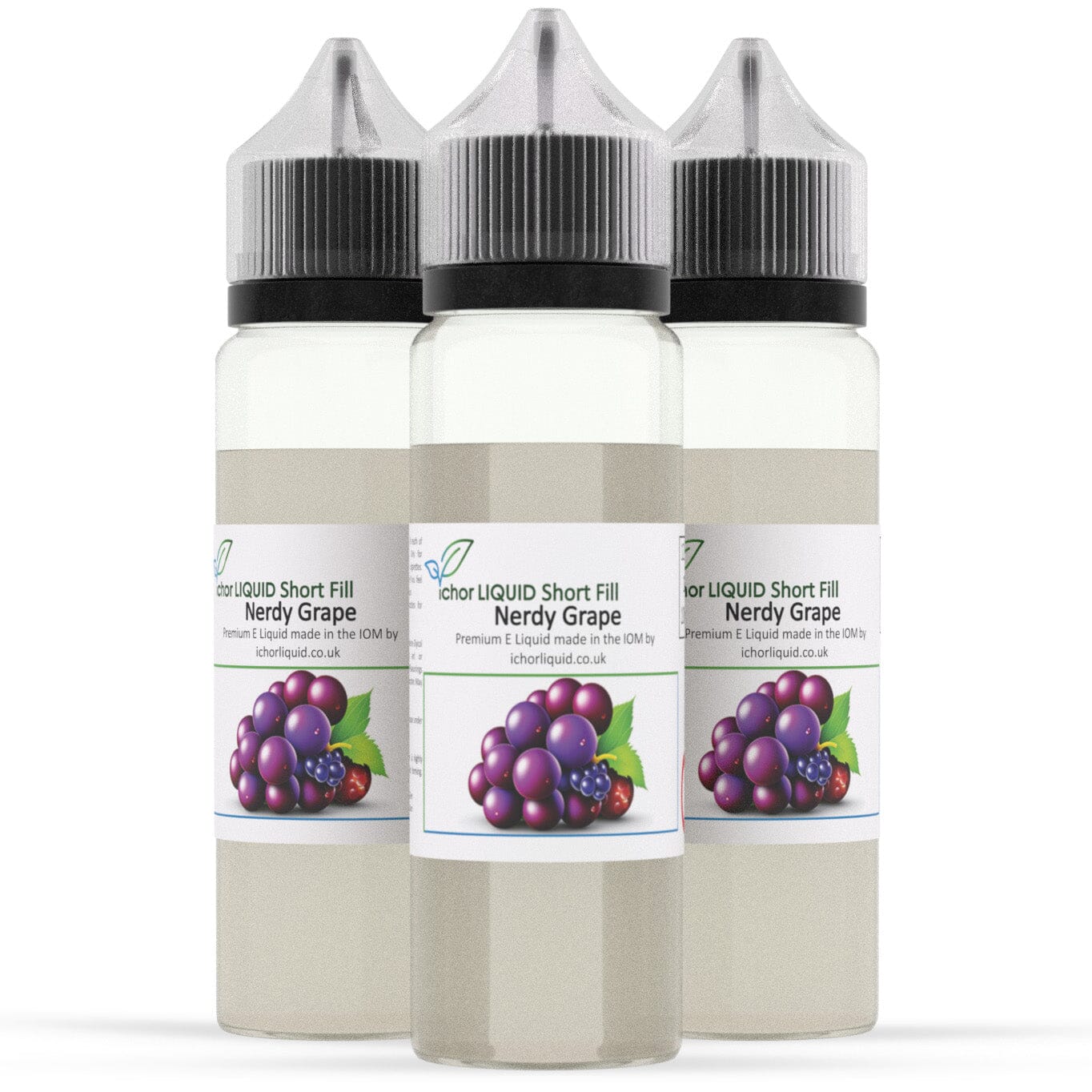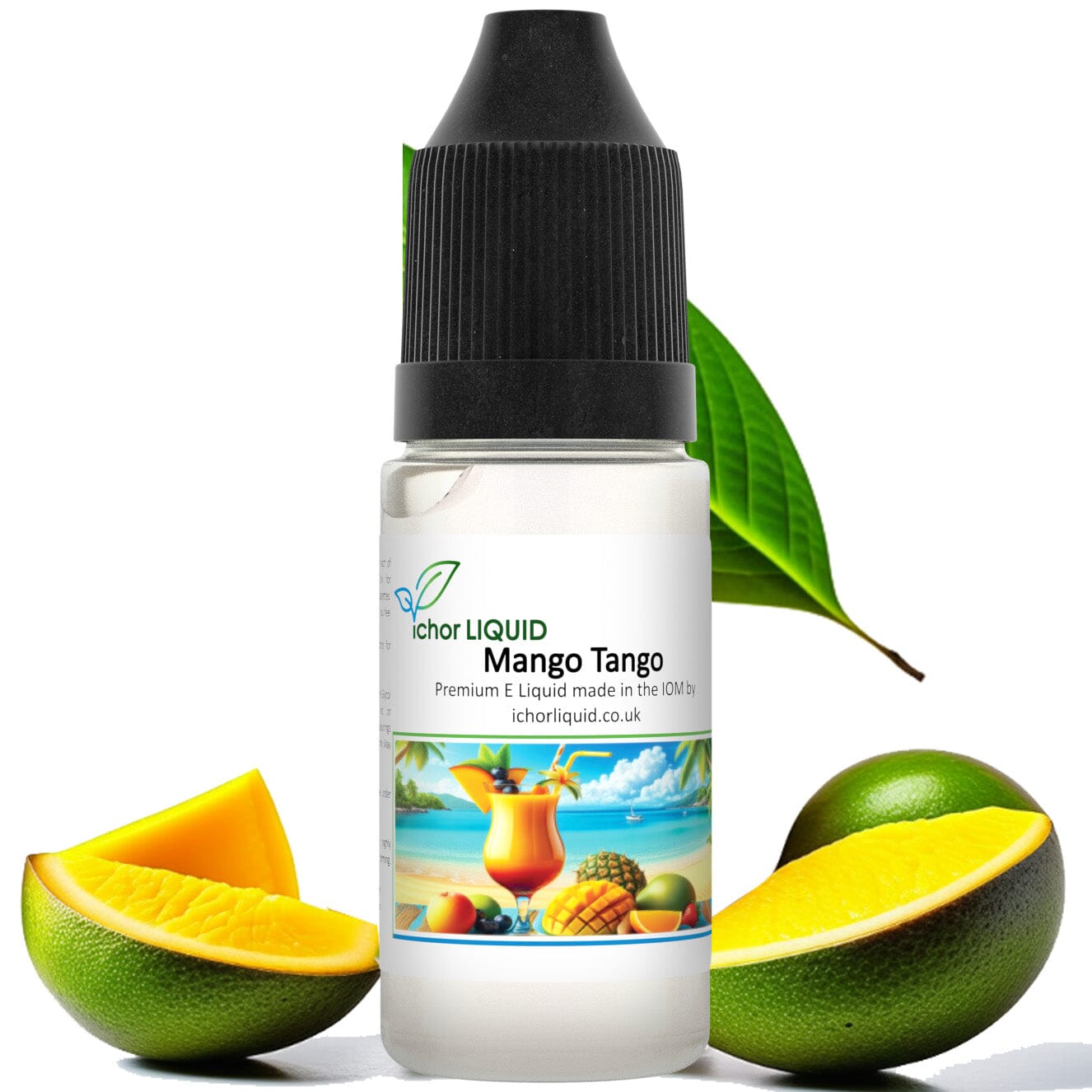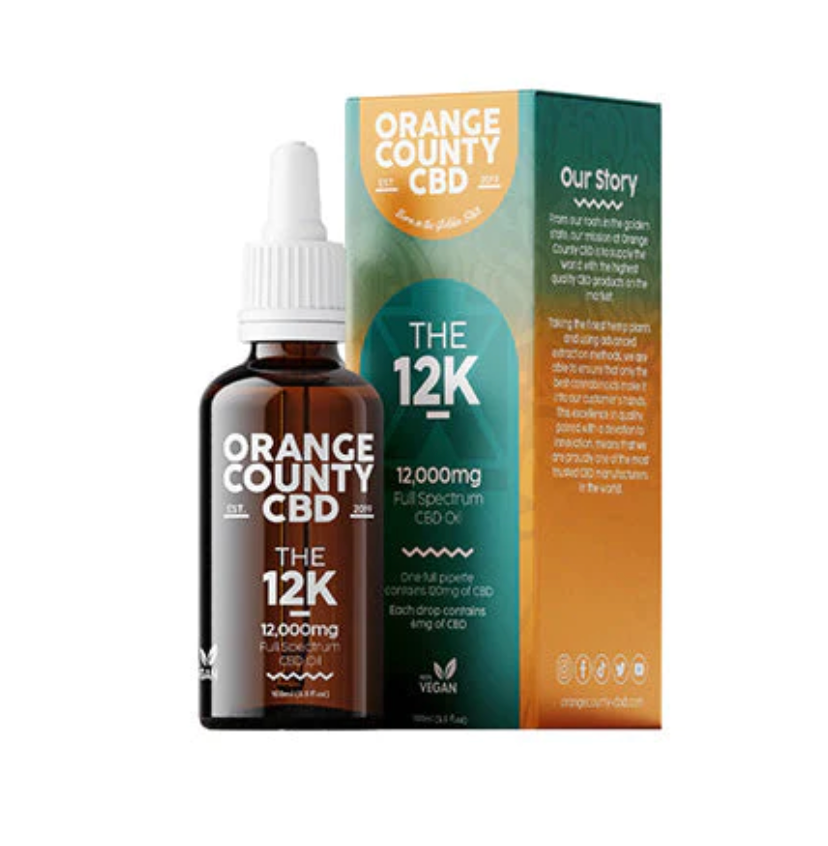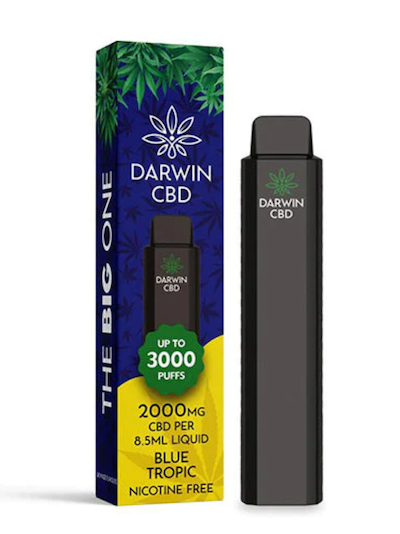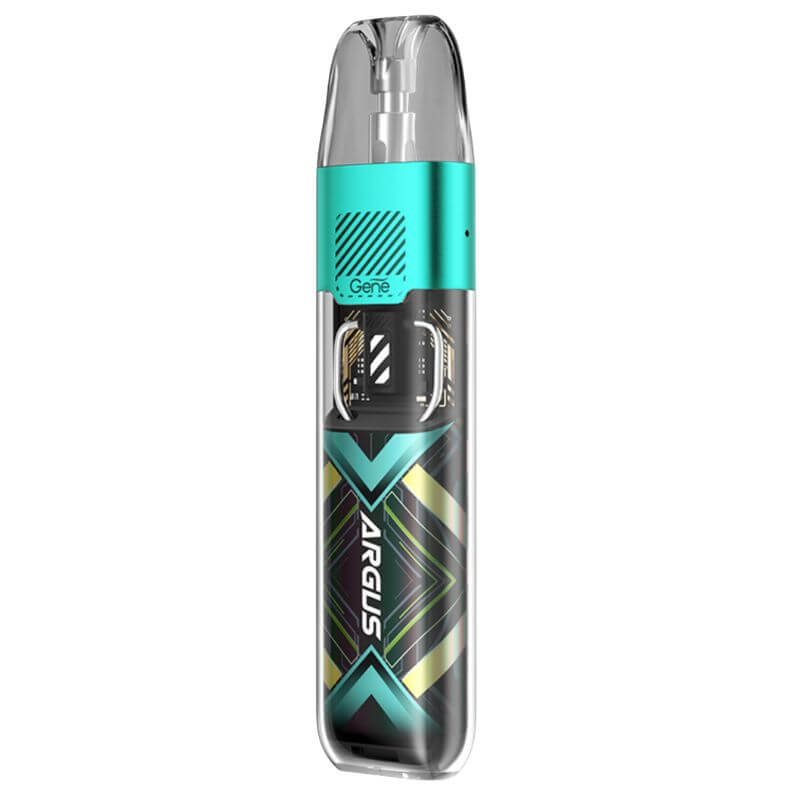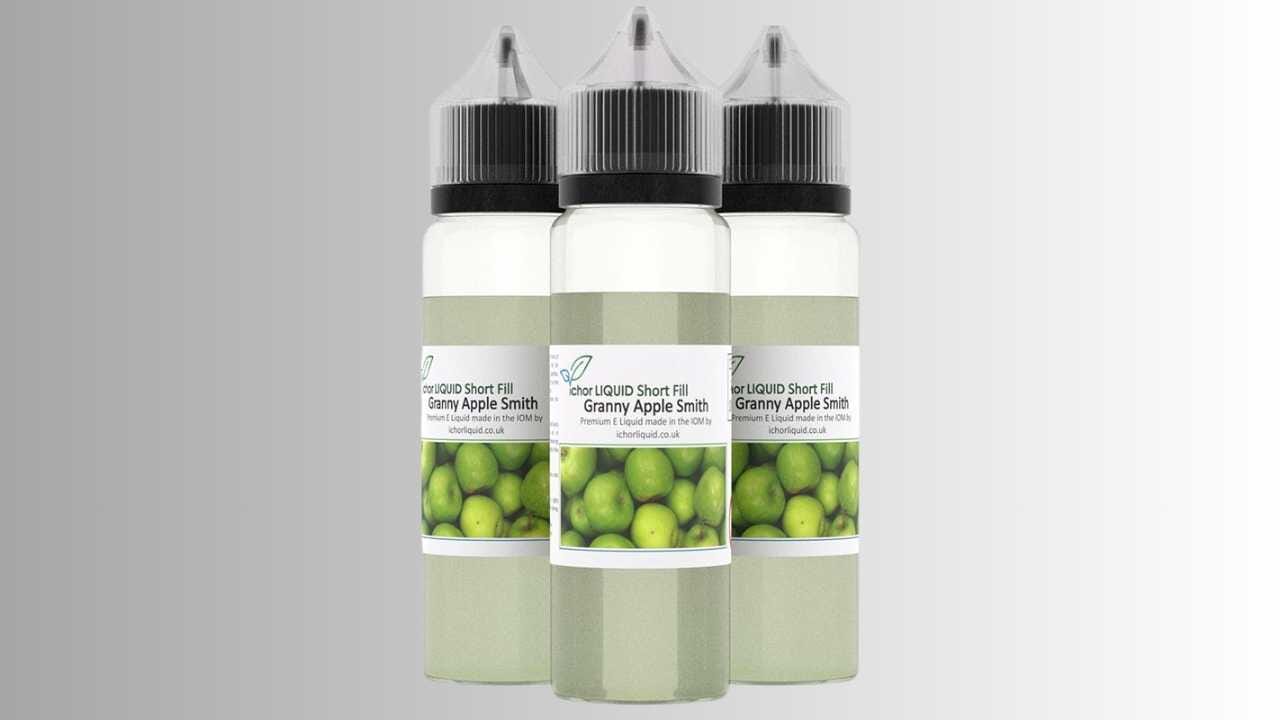
Introduction to Allergies to E Liquid
In the world of vaping, understanding the components of e-liquids is crucial for a safe and enjoyable experience. One such component, propylene glycol (PG), commonly found in e-liquids, has raised concerns due to potential allergic reactions. Allergies to PG E liquid are a topic of growing interest and importance within the vaping community. PG, a synthetic liquid substance, is valued for its ability to create a throat hit similar to traditional smoking. However, its presence has been linked to allergic reactions in some individuals. This article aims to explore the nature of PG, its role in e-liquids, and the implications of PG allergies for vapers. Understanding these allergies is essential for making informed choices about e-liquid selection and ensuring a comfortable vaping experience.
What is Propylene Glycol (PG) in Vapes?
Propylene glycol, commonly abbreviated as PG, is a key ingredient in many e-liquids. It is a colourless, odourless, and tasteless alcohol-derived substance, used in vaping for its ability to produce a throat sensation akin to smoking. PG is also known for its effectiveness in carrying flavours, making it a popular choice in e-liquid formulation. However, the question arises: Can you be allergic to PG in Vapes? Indeed, while PG is generally considered safe for the broader population, there is a subset of individuals who exhibit allergic reactions to this compound. These reactions can manifest as irritation in the throat, skin rashes, and other allergy-related symptoms. Understanding the potential for PG allergies is crucial for vapers, particularly for those who experience discomfort or adverse reactions during or after vaping. This section delves into the properties of PG, its role in e-liquids, and the potential for allergic reactions among certain users.
Recognizing PG Allergy: Symptoms and Diagnosis
Identifying Symptoms of PG Allergy
When it comes to allergies to PG E liquid, recognizing the symptoms is the first step towards diagnosis. Individuals with a sensitivity to PG may experience a range of symptoms, which can vary in severity.
- Throat Irritation: A common symptom where individuals may feel a persistent itch or irritation in the throat after vaping a PG-based e-liquid.
- Skin Reactions: This includes rashes, itching, or hives, particularly around areas exposed to vapour.
- Respiratory Issues: Some may experience difficulty breathing, wheezing, or coughing, indicative of a respiratory reaction.
- Eye Irritation: Sensitivity can also manifest as red, itchy, or watery eyes.
- Hives:Hives has been linked as a allergic reaction to PG
- Itchiness: A constant itch has also been recognised as an allergic reaction
Steps to Diagnosis
If you suspect a PG allergy, it's crucial to consult a healthcare professional. Diagnosis typically involves:
- Medical History Review: Discussing your vaping habits, the onset of symptoms, and any previous allergies.
- Allergy Testing: Skin prick tests or blood tests may be conducted to confirm sensitivity to PG.
- Elimination Method: Temporarily switching to a PG-free or low-PG e-liquid to observe if symptoms subside.
Understanding the symptoms of propylene glycol sensitivity is essential for vapers. It enables them to make informed decisions about their e-liquid choices and seek appropriate medical advice when necessary. Check out our article on treatments options for more information.
The Frequency of PG Allergies Among Vapers
How Common is PG Allergy?
The prevalence of PG allergies among vapers is a topic of considerable interest. While comprehensive data is limited, various studies and anecdotal evidence suggest that PG allergies, though existent, are not widespread.
- Survey Data: Some surveys indicate that a small percentage of vapers experience symptoms consistent with PG sensitivity.
- Comparative Rarity: Compared to other common allergens, PG allergies are relatively rare in the general population.
Factors Contributing to PG Allergy Intolerance
Several factors contribute to the frequency of PG allergies among vapers:
- Individual Sensitivity: Genetic predisposition plays a role in how individuals react to PG.
- Concentration and Exposure: The concentration of PG in e-liquids and the frequency of vaping can influence the likelihood of developing an allergy.
- Cross-Reactivity: Those with existing allergies may be more prone to developing a sensitivity to PG.
Understanding How common is PG allergy? helps vapers and manufacturers alike in making informed decisions about e-liquid formulations and personal vaping choices. It also underscores the importance of offering a variety of e-liquid options to cater to the diverse needs and sensitivities of the vaping community.
Exploring 100% VG Vape Liquids as an Alternative
The Appeal of 100% VG Liquids
For vapers experiencing allergies to PG E liquid, 100% VG (vegetable glycerin) vape liquids present a viable alternative. These e-liquids are entirely free from PG, offering a different experience both in terms of sensation and potential health impacts.
- Smoother Throat Hit: VG is known for providing a gentler throat hit compared to PG, which can be beneficial for those with PG sensitivities.
- Reduced Allergy Risk: By eliminating PG, these liquids significantly lower the risk of allergic reactions.
- Flavour and Vapour Production: VG liquids are often praised for producing more vapour and a slightly sweeter taste, although flavour intensity might differ from PG-based liquids.
Considerations When Switching to 100% VG
Switching to 100% VG Vape Liquid requires consideration of several factors:
- Device Compatibility: VG is thicker than PG, which might necessitate the use of specific vaping devices that can handle its viscosity.
- Flavour Differences: Some users might notice a change in flavour profiles when switching from PG to VG-based liquids.
- Personal Preference: The change in throat hit and vapour production might not suit all vapers' preferences.
Exploring 100% VG liquidsoffers a solution for those with PG allergies, but it's important to weigh the pros and cons to ensure it aligns with your vaping preferences and needs.
Side Effects of PG in Vape Juices
Understanding the Range of PG-Related Side Effects
The use of propylene glycol (PG) in vape juices is widespread, but it's not without potential side effects. While many vapers use PG-based e-liquids without issue, some experience adverse reactions. Recognizing these side effects is crucial for identifying potential PG sensitivities and making informed choices about e-liquid selection.
- Throat and Mouth Irritation: A common side effect where users experience dryness or soreness in the throat and mouth.
- Skin Irritations: Including dry skin, eczema, or rashes, particularly in areas exposed to vapour.
- Nausea and Headaches: Some users report feeling nauseous or developing headaches after using PG-based e-liquids.
- Tinnitus: There are discussions and anecdotal reports, such as those found here and on this report, suggesting a potential link between PG use and worsening tinnitus. Alternatively read our comprehensive article on links between vaping and tinnitus.
Addressing and Managing PG Side Effects
For those who experience side effects but do not have a full-blown allergy, several steps can be taken:
- Hydration: Increasing water intake can help alleviate throat dryness and irritation.
- Reducing PG Concentration: Opting for e-liquids with a lower PG ratio can minimize side effects.
- Monitoring Usage: Being mindful of how often and how much you vape can help in managing side effects.
Vapers experiencing any concerning symptoms should consult a healthcare professional for personalized advice and guidance.
Exploring 100% VG Vape Liquids as an Alternative
The Benefits of Switching to 100% VG Liquids
For individuals experiencing allergies to PG E liquid, switching to 100% VG (vegetable glycerin) vape liquids can be a beneficial alternative. These e-liquids are completely devoid of PG, offering a different experience in terms of sensation and potential health impacts.
- Gentler on the Throat: VG is known for providing a smoother throat hit compared to PG, which can be particularly advantageous for those with PG sensitivities.
- Lower Allergy Risk: By eliminating PG, these liquids significantly reduce the risk of allergic reactions.
- Vapour Production: VG liquids are often praised for producing more vapour, though the flavour intensity might differ from PG-based liquids.
Considerations for VG E-Liquids
While 100% VG e-liquids offer benefits, there are several factors to consider:
- Device Compatibility: Due to its thicker consistency, VG may require specific vaping devices that can handle its viscosity.
- Flavour Profile: Some users might notice a change in flavour profiles when switching from PG to VG-based liquids.
- Personal Preference: The change in throat hit and vapour production might not align with every vaper's preferences.
Switching to 100% VG Vape Liquid can be a solution for those with PG allergies, but it's important to weigh the pros and cons to ensure it aligns with individual vaping preferences and needs.
The Role of PG in Vape Juice Formulation
Understanding PG's Function in E-Liquids
Propylene glycol (PG) plays a significant role in the formulation of many vape juices. Its properties contribute to the overall vaping experience in several ways.
- Flavour Carrier: PG is effective in carrying flavours, making it a key ingredient in creating diverse and intense flavour profiles.
- Throat Hit: PG contributes to the 'throat hit' that many ex-smokers seek, simulating the sensation of smoking tobacco.
- Viscosity and Wicking: PG's thinner consistency aids in the wicking process in vaping devices, ensuring a consistent vape experience.
Balancing PG and VG in E-Liquids
E-liquid manufacturers often balance PG and VG to achieve desired properties:
- Flavour and Sensation: The PG/VG ratio can be adjusted to cater to different preferences in flavour intensity and throat hit.
- Allergen Consideration: With the awareness of PG allergies, some manufacturers offer higher VG options or even 100% VG liquids.
- Device Compatibility: The choice of PG/VG ratio takes into account the type of vaping device used, as some are better suited to different viscosities.
The role of PG in vape juice formulation is pivotal, but with the growing awareness of PG allergies, the industry is adapting to offer a wider range of options to suit all vapers' needs and preferences. Check out our article on Disposable Vapes and Allergies.
The Impact of PG Allergies on Vaping Experience
Navigating Vaping with a PG Allergy
For vapers who discover they have allergies to PG E liquid, the impact on their vaping experience can be significant. Understanding and adapting to this allergy is key to maintaining a satisfying and safe vaping journey.
- Choice of E-Liquids: Those with PG allergies need to be vigilant about the ingredients in their e-liquids, often opting for high VG or 100% VG options.
- Symptom Management: Experiencing symptoms like throat irritation or skin rashes can detract from the enjoyment of vaping, necessitating a change in e-liquid composition.
- Device Adjustments: Due to the thicker nature of VG, vapers might need to use devices that are better suited for high VG e-liquids to avoid issues like poor wicking or dry hits.
The Importance of Awareness and Adaptation
- Informed Decisions: Being aware of PG allergies enables vapers to make informed choices about the products they use.
- Seeking Alternatives: Exploring alternative e-liquids and devices can help in finding a setup that avoids allergic reactions while still providing a satisfying experience.
- Community and Support: Engaging with the vaping community for advice and sharing experiences can be invaluable for those adjusting to vaping with a PG allergy.
The impact of PG allergies on the vaping experience underscores the importance of awareness, adaptation, and the availability of suitable alternatives to ensure a safe and enjoyable vaping journey for all users.
Addressing Misconceptions About PG in Vaping
Dispelling Common Myths
Misconceptions about propylene glycol (PG) in vaping are not uncommon. Addressing these myths is crucial for a clear understanding of its role and impact.
- Toxicity Concerns: Despite misconceptions, PG used in vaping is generally recognized as safe for ingestion and inhalation in the quantities found in e-liquids.
- Antifreeze Myth: A common myth is that PG is harmful because it's used in antifreeze. However, the type of PG used in vaping is non-toxic and different from the harmful compounds in traditional antifreeze.
- Allergy Prevalence: While allergies to PG E liquid do exist, they are not as common as some might believe. Most vapers use PG without any adverse effects.
Check out our 11 Myths Debunked for more info.
Educating the Vaping Community
- Informed Discussions: Providing accurate information and educating the vaping community helps in dispelling myths and concerns about PG.
- Research and Evidence: Referencing scientific research and studies can aid in understanding the true nature and safety profile of PG in vaping.
- Open Dialogue: Encouraging open discussions about PG allergies and sensitivities allows for shared experiences and knowledge, helping vapers make informed choices.
Addressing misconceptions about PG in vaping is essential for an informed and rational approach to vaping, particularly for those concerned about potential allergies or side effects.
Alternatives for Vapers with PG Allergies
Exploring PG-Free Vaping Options
For individuals with allergies to PG E liquid, finding suitable alternatives is essential to continue enjoying vaping without discomfort. The market offers several options catering to this need.
- 100% VG E-Liquids: These provide a completely PG-free experience, ideal for those with allergies or sensitivities.
- Low PG E-Liquids: Some vapers with milder sensitivities may tolerate e-liquids with a lower PG content, balancing flavour and comfort.
- PG-Free Flavourings: Certain e-liquids use flavourings that are not carried in PG, reducing the overall PG content.
Considerations When Choosing Alternatives
- Device Compatibility: Heavier VG liquids require compatible devices that can handle their thickness.
- Flavour Profile Adjustments: VG and PG carry flavours differently, so vapers might notice a change in taste when switching.
- Personal Preference and Trial: Finding the right PG alternative often involves experimenting with different products to see what works best.
For those with PG allergies, these alternatives offer a pathway to continue vaping comfortably, ensuring their experience remains enjoyable and free from allergic reactions. It is important to note: that the flavourings themselves maybe the cause of an allergic reaction. More on that here.
The Importance of Informed Choice in Vaping
Making Decisions with PG Allergies in Mind
For vapers, particularly those with allergies to PG E liquid, making informed choices is paramount. This involves understanding the ingredients in e-liquids and how they affect individual health and enjoyment of vaping.
- Research and Knowledge: Gaining a thorough understanding of e-liquid ingredients, especially the role and effects of PG, is crucial.
- Consulting with Experts: Seeking advice from vaping experts and healthcare professionals can provide valuable insights into managing PG allergies.
- Reading Labels Carefully: Paying close attention to e-liquid labels to identify the PG/VG ratio and other ingredients helps in avoiding potential allergens.
The Role of Personal Experience
- Trial and Error: Experimenting with different e-liquids and ratios can help in finding the best fit for individual preferences and sensitivities.
- Listening to the Body: Being attentive to how one's body reacts to different e-liquids is important for identifying any adverse reactions.
- Sharing Experiences: Discussing personal experiences with the vaping community can aid others in making informed choices.
The importance of informed choice in vaping, especially for those with PG allergies, cannot be overstated. It empowers vapers to select products that offer the best experience while minimizing health risks.
Future Research and Development in PG Alternatives
Advancing Understanding of PG Allergies
As awareness of allergies to PG E liquid grows, so does the need for further research and development in this area. Future studies and innovations could significantly impact the vaping industry and the experiences of those with PG sensitivities.
- Scientific Research: Continued research into the causes and effects of PG allergies is essential for developing safer and more enjoyable vaping products.
- Innovative E-Liquid Formulations: The exploration of new formulations that minimize or eliminate PG could offer better alternatives for sensitive vapers.
- Technological Advancements: Advances in vaping technology that accommodate a wider range of e-liquid compositions could improve the experience for those with PG allergies.
The Potential for Industry Change
- Consumer Demand: As vapers become more informed and vocal about their needs, the industry is likely to respond with a greater variety of PG-free options.
- Regulatory Considerations: Changes in regulations regarding e-liquid ingredients could further drive the development of PG alternatives.
- Collaboration and Sharing: Collaboration between researchers, manufacturers, and the vaping community is key to driving innovation and understanding in this area.
Future research and development in PG alternatives are crucial for addressing the needs of vapers with PG allergies. This ongoing effort promises to enhance the safety, enjoyment, and accessibility of vaping for all users.
The Psychological Impact of PG Allergies on Vapers
Understanding the Emotional Aspect
Dealing with allergies to PG E liquid can have a psychological impact on vapers. The realization that a common ingredient in many e-liquids can cause discomfort or health issues may lead to anxiety and frustration.
- Concerns About Health Risks: Discovering a PG allergy can raise concerns about the potential health risks associated with vaping.
- Limitations in Choice: Feeling restricted in e-liquid choices due to PG allergies can be disheartening for vapers who enjoy exploring different flavours and formulations.
- Social Implications: Navigating social situations involving vaping can be challenging for those with PG sensitivities.
Coping Mechanisms and Support
- Seeking Information and Support: Gaining a better understanding of PG allergies and connecting with others who have similar experiences can provide comfort and reassurance.
- Exploring Alternatives: Finding suitable PG-free or low-PG e-liquids can alleviate concerns and enhance the overall vaping experience.
- Mental Health Awareness: Being mindful of the psychological impact and seeking support if needed is important for maintaining overall well-being.
The psychological impact of PG allergies is an important consideration for vapers. Acknowledging and addressing these emotional aspects can lead to a more positive and satisfying vaping experience, despite the challenges posed by sensitivities.
The Role of Healthcare Professionals in Managing PG Allergies
Medical Guidance on PG Sensitivities
For vapers experiencing allergies to PG E liquid, the role of healthcare professionals is crucial in providing accurate diagnosis and management advice. Understanding and addressing these allergies require medical insight and guidance.
- Diagnosis and Confirmation: Healthcare professionals can help confirm whether symptoms are indeed due to a PG allergy, using tests and evaluations.
- Advice on Alternatives: Medical guidance on suitable alternatives to PG-containing e-liquids can be invaluable for affected individuals.
- Management of Symptoms: Doctors can offer strategies and treatments to manage allergic reactions and provide relief from symptoms.
Collaborative Approach to Vaping and Health
- Patient Education: Educating patients about the potential risks and safe practices in vaping, especially for those with PG sensitivities, is an essential aspect of healthcare.
- Monitoring Health Impacts: Regular health check-ups and monitoring can help in assessing the impact of vaping, particularly for those with known allergies.
- Research and Advocacy: Healthcare professionals can contribute to research on the effects of vaping ingredients like PG and advocate for patient safety in regulatory discussions.
The involvement of healthcare professionals is vital in helping vapers with PG allergies navigate their condition safely and make informed decisions about their vaping habits.
Sustainable Practices in Vaping with PG Allergies
Embracing Eco-Friendly Vaping Options
As awareness of allergies to PG E liquid grows, there is also an increasing focus on sustainable and eco-friendly vaping practices. This involves considering the environmental impact of vaping products and their ingredients.
- Eco-Friendly E-Liquids: Choosing e-liquids that are not only safe for individuals with PG allergies but also environmentally responsible.
- Recycling and Waste Reduction: Encouraging practices such as recycling e-liquid bottles and properly disposing of vaping hardware to minimize environmental impact.
- Supporting Responsible Manufacturers: Opting for products from companies that prioritize sustainability in their manufacturing and packaging processes.
Balancing Health and Environmental Concerns
- Informed Product Choices: Making choices that are both health-conscious, considering PG allergies, and environmentally aware.
- Advocating for Green Practices: Vapers can advocate for more sustainable practices within the vaping industry, influencing manufacturers and regulators.
- Community Engagement: Sharing knowledge and strategies within the vaping community for eco-friendly vaping can help in creating a more sustainable culture around vaping.
Sustainable practices in vaping, particularly for those with PG allergies, are not only beneficial for individual health but also for the environment. This holistic approach encourages a responsible and conscientious vaping culture.
Enhancing Awareness and Education on PG Allergies
Importance of Spreading Knowledge
Raising awareness and educating both vapers and the general public about allergies to PG E liquid is crucial. Enhanced understanding can lead to better management of these allergies and more informed choices in the vaping community.
- Educational Campaigns: Initiatives aimed at educating vapers about the potential for PG allergies and how to identify symptoms.
- Sharing Research and Data: Disseminating findings from scientific studies on PG allergies to provide a factual basis for understanding these sensitivities.
- Utilizing Digital Platforms: Leveraging social media, blogs, and forums to spread awareness and share experiences related to PG allergies.
Role of Various Stakeholders
- Manufacturers and Retailers: Providing clear information on e-liquid ingredients and offering a range of products suitable for those with PG allergies.
- Healthcare Professionals: Offering guidance and advice based on the latest research and clinical evidence.
- Vaping Community: Sharing personal stories and tips on managing PG allergies, contributing to a supportive network.
Enhancing awareness and education on PG allergies is a collective effort that involves various stakeholders. This collaborative approach can significantly improve the experience of vapers with PG sensitivities.
Conclusion
Embracing a Future of Inclusive Vaping
As we've explored the complexities of allergies to PG E liquid, it's clear that the vaping community and industry are at a pivotal point. The journey towards understanding and accommodating PG allergies is not just about product development; it's about fostering an inclusive environment where every vaper's needs are acknowledged and addressed.
- Continued Education and Awareness: The key to managing PG allergies lies in ongoing education and open dialogue within the vaping community.
- Innovative Solutions: The industry's commitment to innovation ensures that vapers with PG sensitivities have access to suitable alternatives without compromising on their vaping experience.
- Collaborative Efforts: The collective efforts of manufacturers, healthcare professionals, and vapers are crucial in shaping a future where vaping is safe and enjoyable for everyone.
In conclusion, the conversation around PG allergies is an essential one, driving change and inclusivity in the world of vaping. As we move forward, the focus remains on ensuring that every vaper, regardless of their sensitivities, can enjoy a fulfilling and safe vaping experience.
F.A.Q
Frequently Asked Questions on PG Allergies in VapingCommon symptoms include throat irritation, skin rashes, respiratory issues, and in some cases, eye irritation.
Yes, there are 100% VG e-liquids available that are completely free from PG, catering to those with sensitivities or allergies.
Consulting a healthcare professional and possibly undergoing allergy testing can confirm a PG allergy. Monitoring reactions to PG-containing products can also provide insights.
Continued exposure to PG for those with allergies can lead to persistent symptoms. It's important to switch to PG-free options to avoid long-term discomfort.
The industry is increasingly offering a wider range of PG-free or low-PG e-liquids and developing devices suitable for these alternatives.

